The shift lens, as the name implies, is a lens that can be tilted and shifted from the optical axis of the lens. This is a very common feature in large format. Now, by shifting the axis lens, we can also use similar functions on the 135 camera. Of course, there are limitations on the function and the quality of the picture, but it is also lightweight.
Usually, the optical axis of the lens is perpendicular to the sensor surface, but the shift axis can tilt the optical axis, which can achieve some special effects. First, the depth of the picture can be kept clear in the case of a large aperture, and second, it can be In the case of a small aperture, let a part of the plane parallel to the sensor focus a part of the blur. The offset of the optical axis can change the composition of the picture without changing the perspective of the picture. It may be that some of the value-friends will not be very clear to see here. It does not matter. I will explain the details later.
Canon's shift lens has a total of 4 focal lengths, 17mm, 24mm, 45mm, and 90mm. This time it is 90mm. What does TS-E mean? T means Tilt, which means to sway, S means Shift means move, and E means Electro-magnetic Diaphragm. This lens was released by Canon in 1991 and has been around for 25 years. The official flagship store price is for reference only.
Lens structure, without any special lenses.
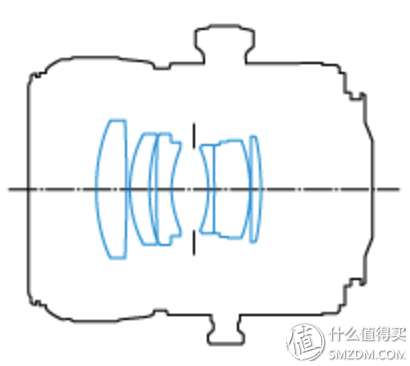
The main parameters of the lens are as follows:
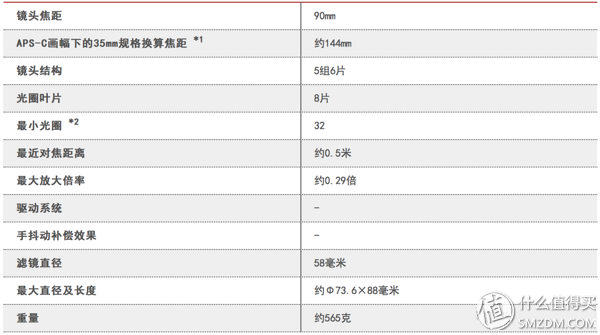
The lens has been bought for a long time. Although the lens is expensive and comparable to the red circle, there is no waterproof rubber ring at the bayonet mouth.

Compared with 24-70 L2 size, it is still relatively small

The front lens, the lens is deep and can be used without a hood
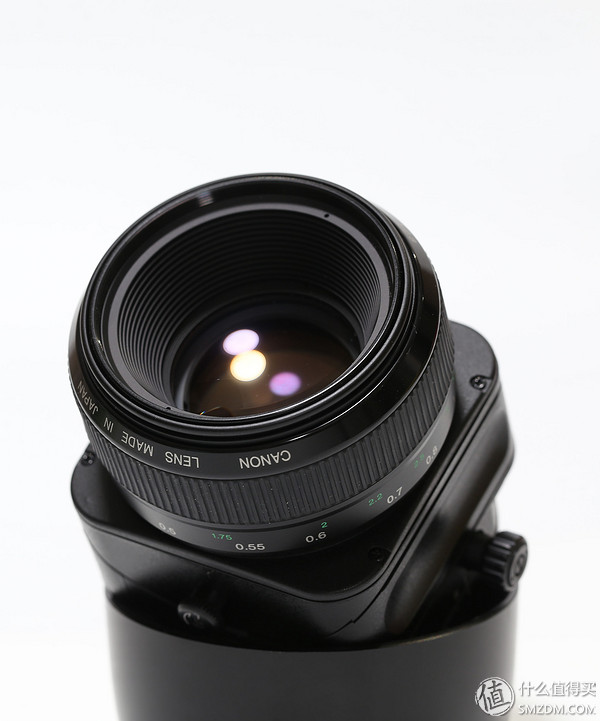
Chrysanthemum shines, the lens is also deep in it
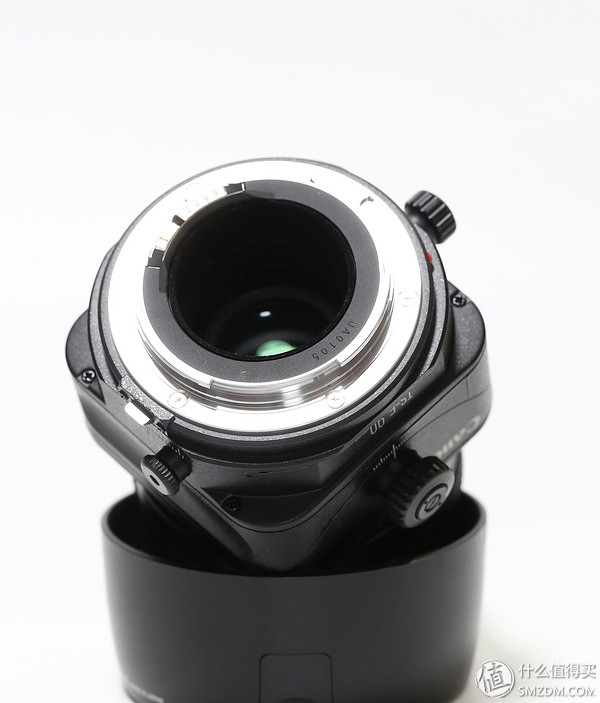
This lens does not have auto-focus, can only rely on manual, Canon and Nikon's other several shift axis is also the case, this is the state of the closest focusing distance, the lens barrel is extended, from the above scale can be seen that the lens is Biased towards close-range shooting
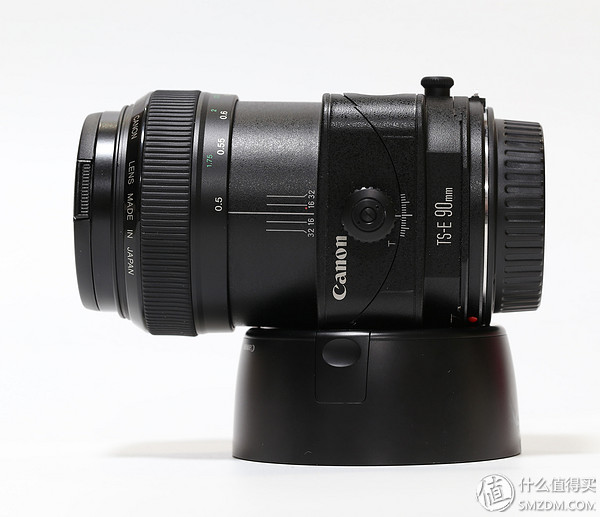
This is shift, you can see the lens body has a displacement relative to the base, the bottom is no lens, the whole lens group is moving

This is tilt. Similarly, there is no lens at the bottom. This is the reason why the lens of chrysanthemum is stuck in it.

Below to explain the specific function of the lens
This is a picture taken with a normal camera, you can see that the front wheel was cut
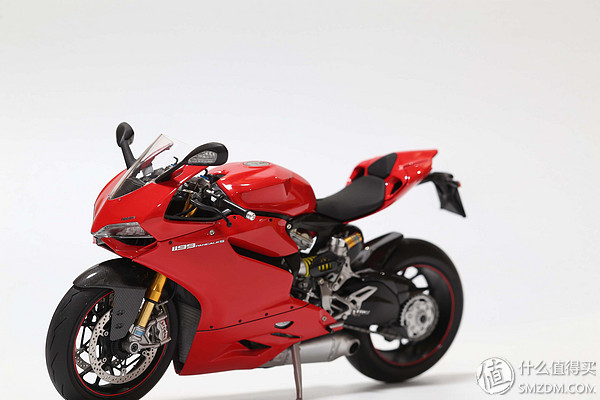
At this time, the optical axis is shifted upwards by the shift operation, and the entire vehicle can be seen in the picture. When shooting a still life, the moving optical axis is obviously more convenient than adjusting the height of the tripod, and adjusting the tripod also changes the perspective effect of the object. . With this feature, you can also pan or tilt up and down, making it easy to make perfect seams.

In the picture above, I focused on the text of the car body. Although the whole car is in the picture, the rear wheel is not in the depth of field, so it is vague. This picture was taken with the F8 aperture. Even with the F11, the depth of field is not much improved. If the aperture is too small, the picture quality will be significantly degraded. The picture size is too small may not be too clear, the following is a partial screenshot is obviously blurred
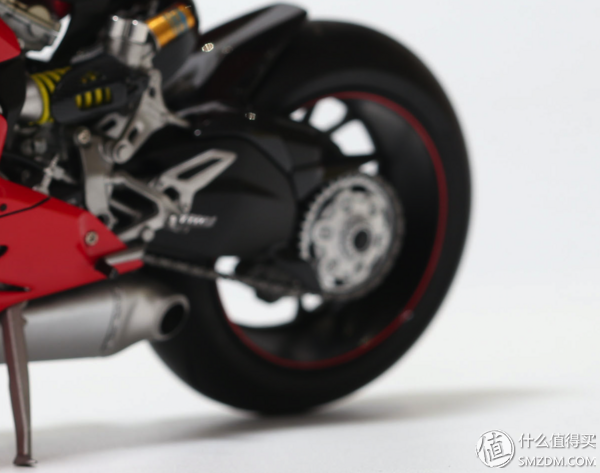
At this time I will make the lens a tilt operation
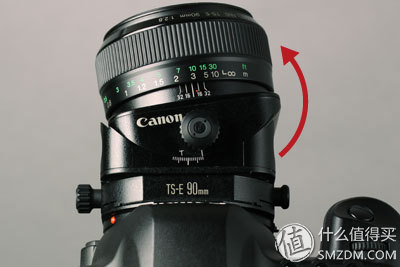
The optical axis is tilted, and the focal plane is also tilted. Although it is still the F8 aperture, but obviously, the front wheel and the rear wheel are within the depth of field, the entire vehicle can be kept clear, and the model is more physical. .

Partial screenshot

In this picture, the focus is on the fuel tank, the cat and the fuel tank are in the same focal plane, and the depth of the motorcycle is clear.

After Tilt, the overall motorcycle is clear, the cat is blurred, the camera position has not changed
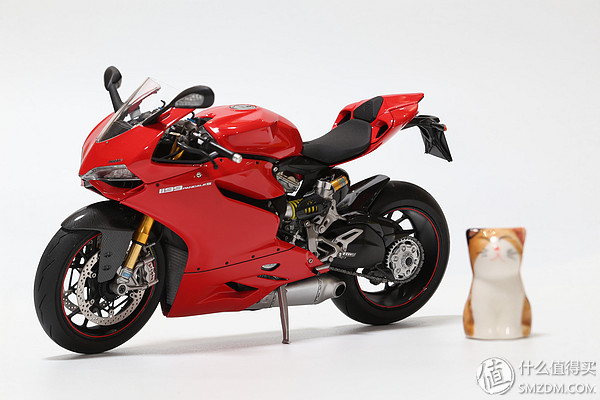
Before Tilt, the entire surface of the box is clear

After Tilt, the left side is blurred and the right side remains clear 
This is a pan-synthesizing panorama with 90mm conditions and guest landscape
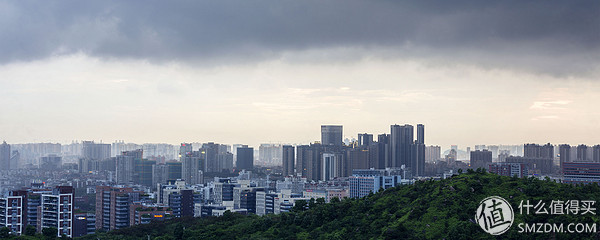
The blur effect after tilting, coming back from work is late, and it will take a sunset.
 to sum up:
to sum up:
Workmanship is very good all-metal lens body;
Compact and easy to carry; lenses do not need to install UV mirrors;
Close focusing distance and easy focus;
Good picture quality, no loss of red circle, full sharpness is good, dark corners are not obvious, dispersion is very low;
High playability;
As for the shortcomings, there are mainly three:
The front mirror group will rotate when focusing, unable to install the filter;
Magnification is relatively low, only 0.29, Nikon's PC-E 85mm has 0.5;
Basically inseparable from the stand, hand-held is almost impossible.
In short, it is a very good shot, suitable for playing slowly.